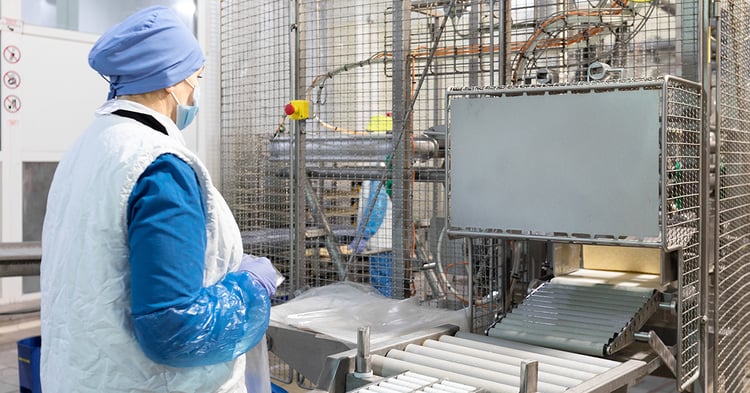![]()
Effective daily meetings are essential for any team looking to improve communication, increase productivity, and achieve their goals. In a recent webinar by LiveTracking, titled "The Blueprint to Effective Daily Meetings," speakers Mike Yokota, VP for Product and Revenue of LiveTracking, and Leigh Janssen, Senior Improvement Consultant of Isaac Operations, shared their insights and best practices for making daily meetings a valuable part of any team's workflow.
Mike and Leigh laid out these four key points that make daily meetings more effective and productive.
- Data Collection
- Data Analysis
- Problem Solving
- Resource Allocation
Leigh also pointed out that different facilities may require different meeting structures, but implementing these four key points makes up the blueprint for effective meetings.
One key takeaway from the webinar was the importance of having an accurate agenda or report of what were discussed in the previous meeting and what will be discussed in the incoming meeting. This should be shared with all involved parties in advance, and should include specific topics to be discussed, as well as the desired outcome of the meeting. This helps ensure that the meeting stays on track and that all participants are prepared and ready to contribute.
Having the meeting at a regular frequency is another takeaway from this webinar. Different facilities implement different meeting frequencies based on the data they collected and the problems they are trying to solve. Daily production meetings’ main purpose is to provide an area for involved parties to identify and discuss any problems causing them downtimes. They, then, analyze these problems and distinguish if they can be easily solved or they might take more people and more time to resolve them. If it is the latter, the problem can be pushed to a less frequent meeting, per se weekly, bi-weekly, or monthly.
Another important aspect of effective daily meetings is ensuring that all involved parties are present. When all involved team members and stakeholders are present, they can share information, discuss progress, and address any issues or concerns. This also ensures that all voices are heard and taken into consideration when making decisions.
The speakers also highlighted the importance of taking effective actions once problems have been identified. Effective actions are those that are well-planned, clearly defined, and executed in a timely manner. This can include creating specific action plans, assigning tasks and responsibilities, and setting deadlines for completion. It is also important to have a process in place to track progress and ensure that actions are completed on time.
Here’s what a typical daily meeting structure is according to Leigh:
| Before the meeting | Plant supervisors or anyone with the data available-at-hand should send out a report with data and time allocation. Everyone is expected to review that report and come up with actions to solve any problems in mind. |
| During the meeting |
|
| After the meeting | Track the action items everyone needs to accomplish. A common way to do this is to have an excel file on a common space that everyone has access to, so everyone have access to this information. |
Overall, the webinar provided valuable insights into how to make daily meetings an effective tool for team communication and productivity in the shop floor. By having a clear report, a frequent meeting occurrence, participation of involved parties, identifying the problems and their solutions, and a good tracking system, teams can ensure that their daily meetings are effective, productive and valuable.
To know all about LiveTracking's blueprint to effective daily meetings, you may request a copy of the webinar's whitepaper from this link: https://www.livetracking.io/whitepaper.


